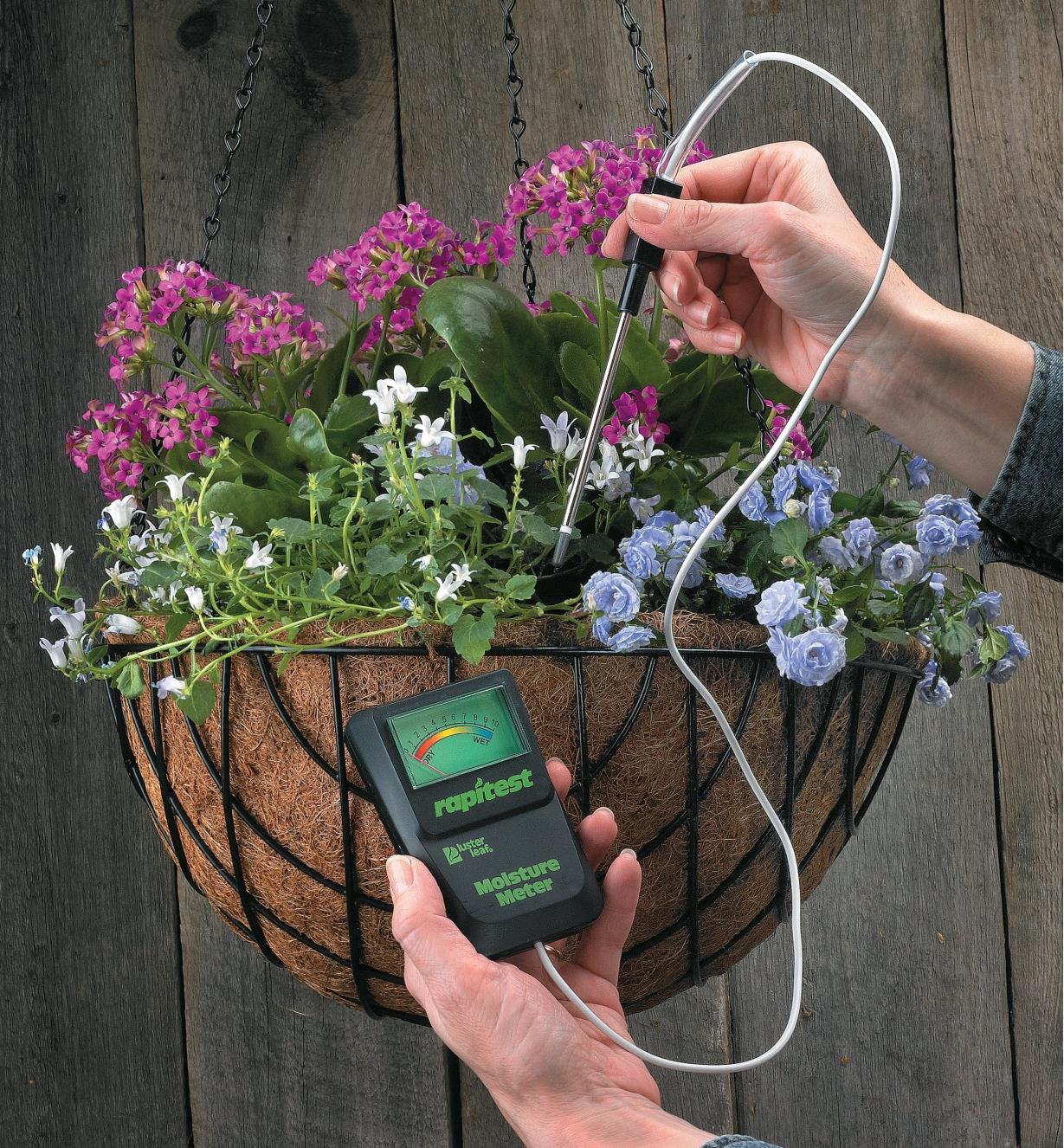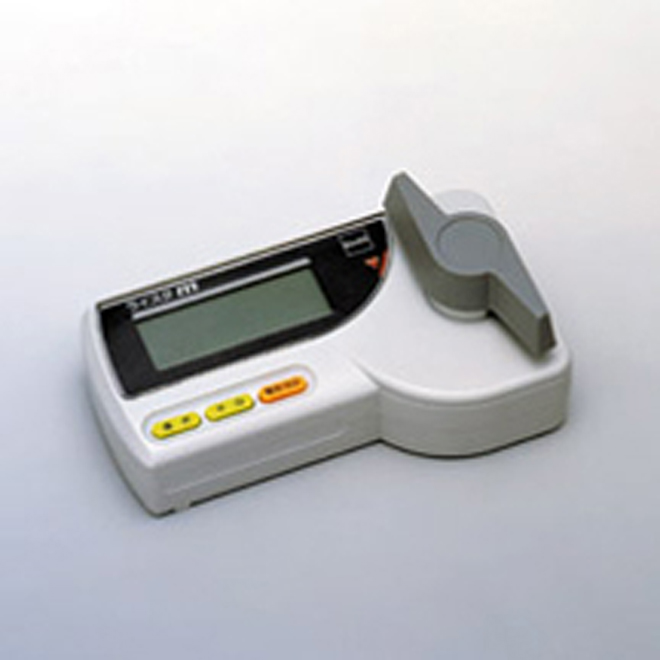Moisture Meter Reviews: Comparing the Best Models for Professional and DIY Usage
Moisture Meter Reviews: Comparing the Best Models for Professional and DIY Usage
Blog Article
Recognizing the Importance of a Moisture Meter in Avoiding Mold and Water Damage in your house
In the world of home maintenance, the presence of wetness can commonly be a silent yet formidable adversary, capable of triggering pervasive mold development and insidious water damages if left unchecked. Recognizing the significance of a wetness meter in this battle is not just an option yet a calculated requirement.
Value of Moisture Discovery
Efficient dampness discovery techniques are crucial for guarding homes and protecting against prospective mold development and water damages. Dampness can permeate into numerous building materials, causing structural concerns and health dangers. By utilizing a moisture meter, homeowner can proactively determine areas susceptible to excess moisture, enabling prompt intervention and mitigation methods.
Moisture meters supply accurate readings of dampness degrees in various materials such as concrete, drywall, and timber. This information aids in pinpointing locations of problem, even in surprise or hard-to-reach locations. Early discovery of wetness accumulation enables prompt repair services or adjustments to protect against more damages.

How Moisture Meters Work
Wetness meters play a critical role in the positive recognition of excess moisture, helping in the prevention of prospective mold development and water damage by giving exact readings of dampness levels in different structure materials. These devices work based upon various principles, depending on their kind. Moisture Meter. Pin-type dampness meters, for instance, have two pins that pass through the material to measure the electric resistance in between them. When dampness is existing, it improves the product's conductivity, causing a reduced resistance reading. Pinless dampness meters, on the various other hand, use electromagnetic sensing units to check the product without triggering damage. These sensing units release electro-magnetic signals that pass through the product and determine the dielectric residential or commercial properties, suggesting dampness material. Some advanced moisture meters pin both incorporate and pinless technologies for detailed wetness detection. Recognizing just how moisture meters function is vital for timely and exact moisture degree evaluations, making it possible for reliable precautionary actions versus mold and mildew and water damages.
Detecting Early Caution Indicators
Upon preliminary inspection of a residential property, identifying refined indications of excess moisture ends up being critical in the early discovery of potential mold development and water damage. Some usual very early warning signs consist of moldy smells, water discolorations on ceilings or wall surfaces, peeling paint or wallpaper, and deformed or discolored surfaces. Musty odors often suggest the existence of mold and mildew or mold, even if no noticeable indications appear. Water stains can signify leakages or seepage, while peeling paint or wallpaper might be a result of wetness jeopardizing the attachment of these materials to the surface. Warped or tarnished surface areas, such as bending floorboards navigate to these guys or discolored drywall, are clear indicators of water damage. In addition, a boost in allergic reaction signs or breathing problems among owners may suggest the visibility of mold as a result of excess moisture. By immediately identifying and attending to these very early warning indications, homeowners can minimize the risk of extensive mold development and water damage in their residential properties.
Stopping Mold And Mildew Growth
Identifying early indication of excess wetness within a property not only enables prompt detection of prospective mold and mildew growth and water damage however likewise acts as a proactive procedure in protecting against the proliferation of mold and mildew. To effectively stop mold growth, it is essential to resolve any sources of moisture without delay. This can include taking care of leakages in roof coverings, pipes, or windows, guaranteeing appropriate ventilation in moist areas like shower rooms and cooking areas, and utilizing dehumidifiers in high-humidity rooms. Frequently examining and keeping the home's plumbing, roof covering, and gutters can also help in preventing water breach that can cause mold growth.
Checking wetness levels in areas prone to wetness, such as cellars and creep areas, making use of a wetness meter can likewise help in very early detection of raised dampness levels and prospective mold and mildew growth - Moisture Meter. By taking proactive procedures to prevent excess wetness and mold and mildew development, homeowners can protect their residential or commercial property and indoor air top quality.
Advantages of Regular Monitoring
Routine monitoring of moisture levels in a residential property can play an essential function in preserving a healthy and balanced indoor atmosphere and avoiding possible mold and water damages. By routinely checking dampness levels, house owners can spot any problems immediately and take required actions to stop mold and mildew growth and water damage. One of the key advantages of regular surveillance is very early discovery. By recognizing and dealing with high wetness levels early on, homeowners can intervene prior to mold has the possibility to spread and check out this site develop. This proactive method can save both money and time over time by protecting against considerable mold and mildew remediation and repair work costs.
Additionally, regular tracking enables property owners to track patterns and patterns in wetness degrees gradually. By establishing a standard and tracking adjustments, individuals can determine any type of locations of concern or potential vulnerabilities in the building's structure. This data-driven approach allows targeted treatments and maintenance efforts to resolve underlying problems before this they rise right into more considerable troubles. Eventually, the constant monitoring of moisture levels equips house owners to secure their home, safeguard their health, and preserve the stability of their interior atmosphere.

Final Thought

By using a wetness meter, home proprietors can proactively identify areas susceptible to excess wetness, enabling for timely intervention and reduction strategies.

Monitoring dampness degrees in locations susceptible to moisture, such as basements and creep spaces, making use of a moisture meter can also aid in very early discovery of elevated wetness degrees and potential mold and mildew growth. (Moisture Meter)
Report this page